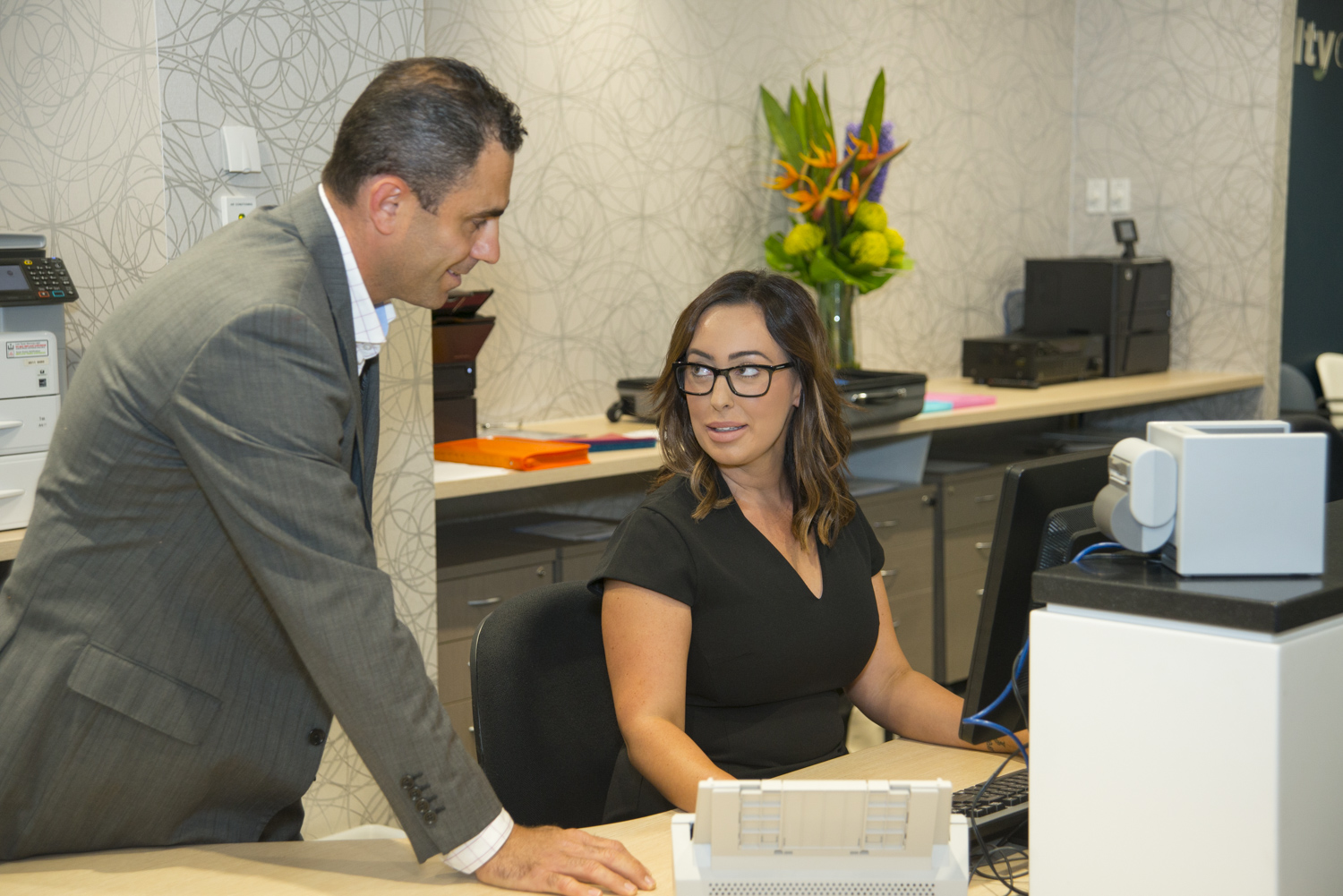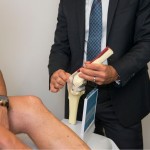
Some of the most common injuries for our joints occur in the workplace, in fact statistics from a report produce by Safework Australia in 2016 (Ref: 1) tells us the rate of serious musculoskeletral workplace injury is alarming.
The report identified that Musculoskeletal disorders (MSDs) identified in the report as a range of conditions that affect joints, spinal vertebrae and intervertebral discs, the synovium, muscles, tendons and related tissues, soft tissues, and connective tissues.
Over the five-year period between 2009–10 and 2013–14, there were 360 180 serious MSD claims, which equates to a staggering 60 per cent of all serious claims for the period. Injuries accounted for 76 per cent of MSD claims, while diseases accounted for 24 per cent. Common types of MSD injuries were soft tissue disorders (29 per cent), trauma to muscles or tendons (21 per cent), and trauma to joints or ligaments (14 per cent).
The data also tells us that the incidence of injury is higher in men and increases as we age.
So what can we do to prevent joint injuries in the workplace?
Maybe the best place to start is to identify the number 1 most common injury cause in the workplace, overexertion injuries.
Overexertion injuries are related to pulling, lifting, pushing, holding, carrying and throwing. Injuries related to overexertion have consistently shown to be the number 1 cause of workplace injuries that result in sprains and strains to our joints, muscles and tendons.
What are the primary risk factors for incurring joint overexertion injuries?
Primary risk factors that cause overexertion injuries have been identified as:
- Forceful exertions
- Awkward postures
- Rapid movements
- Unanticipated muscle loading
- Temperate extremes
What can we do to prevent overexertion injuries to our joints?
Forceful exertions are usually related to manual handling, use of hand tools and repetitive strain on a particular muscle group or group of muscles. Try the following:
- Try to use mechanical aids to move heavy loads wherever possible
- Try to use power tools over hand tools
- Reduce the weight of loads, make more than one trip if necessary
Awkward postures includes bending and twisting of the body unnaturally and a particularly dangerous when linked with a forceful exertion. Try the following:
- Make sure you have adequate space to work in and allow a good position for your work
- Try to keep manual lifting loads in the region of knee to chest
- Use push instead of pull motions
- Avoid using lifting, push and pull motions from the side of the body
Rapid movements and unanticipated muscle loading means our body doesn’t have time to prepare itself for load bearing. When things are done quickly our body responds without support muscles being employed to properly balance and share the load. Try the following:
- Don’t be rushed – avoid fast paced activities
- Avoid the need for “catching” loads or using the body to block or stop loads
- Be conscious and avoid trip and slip hazards
- Avoid having to shift tasks while manual handling – ie opening doors or using stairs while carrying a load
Temperate extremes can play a role in work place injuries. Remember to get your body adjusted to any extreme in your workplace temperature.
Even though you are at your workplace, introducing positive lifestyle changes are always worthwhile in ensuring good joint health and reducing your chance of injury.
Remember to:
- Have a regular exercise regime. Include strength based exercise that works on your muscles and tendons as well as cardiovascular
- Have a healthy diet. Good food is a vital component to healthy joints
- Before you embark on any strenuous activity at work or play, remember to warm up
- If you think you have hurt yourself “STOP”. Don’t continue, you will cause more damage.
We have our joints for life, and healthy well-maintained joints mean that we can enjoy a healthy, active lifestyle no matter what our age.
See you on the golf course!
Ref 1: www.safeworkaustralia.gov.au/system/files/documents/1702/statistics_on_work-related_musculoskeletal_disorders.pdf


